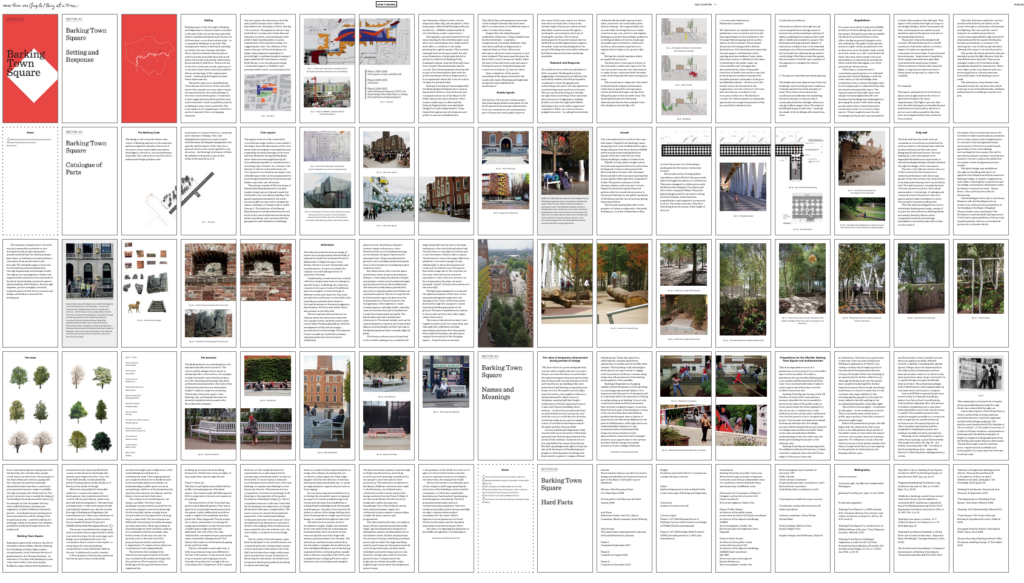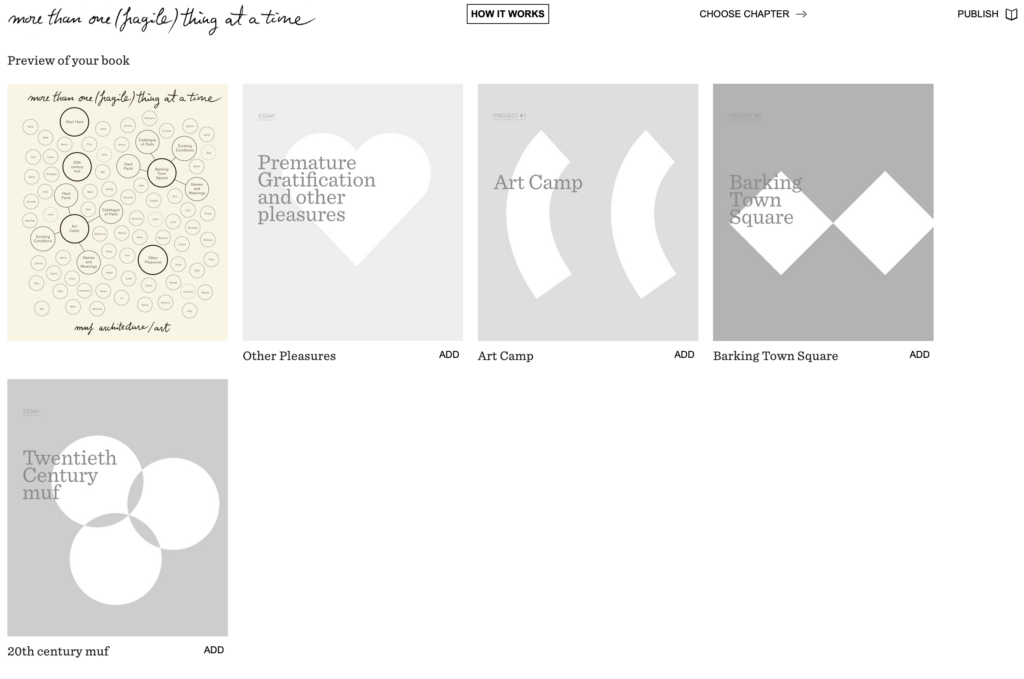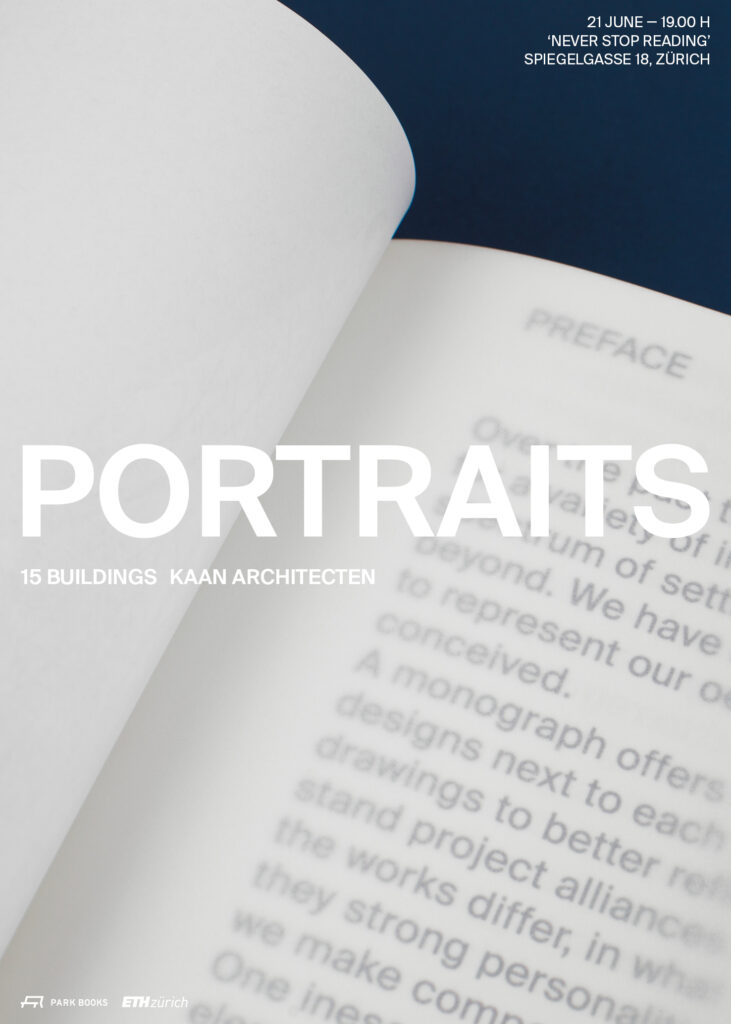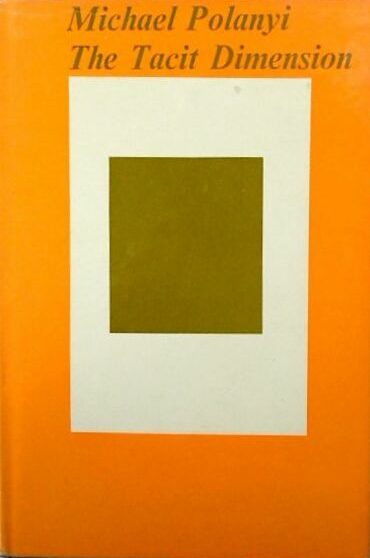Book
Book Corner: “The Greek-Orthodox Church Allerheiligen in Munich”

The Greek-Orthodox Church "Allerheiligen", built between 1993 and 1995, in the Ungererstrasse in Munich is of particular importance for its community, the city and an outstanding example of ecumenism.
Korinna Zinovia Weber
Book
October 20, 2023
View
Book Corner: “The Greek-Orthodox Church Allerheiligen in Munich”
Korinna Zinovia Weber




The Greek-Orthodox Church "Allerheiligen", built between 1993 and 1995, in the Ungererstrasse in Munich is of particular importance for its community, the city and an outstanding example of ecumenism.






















